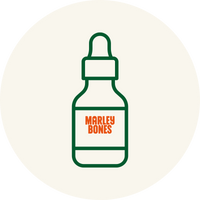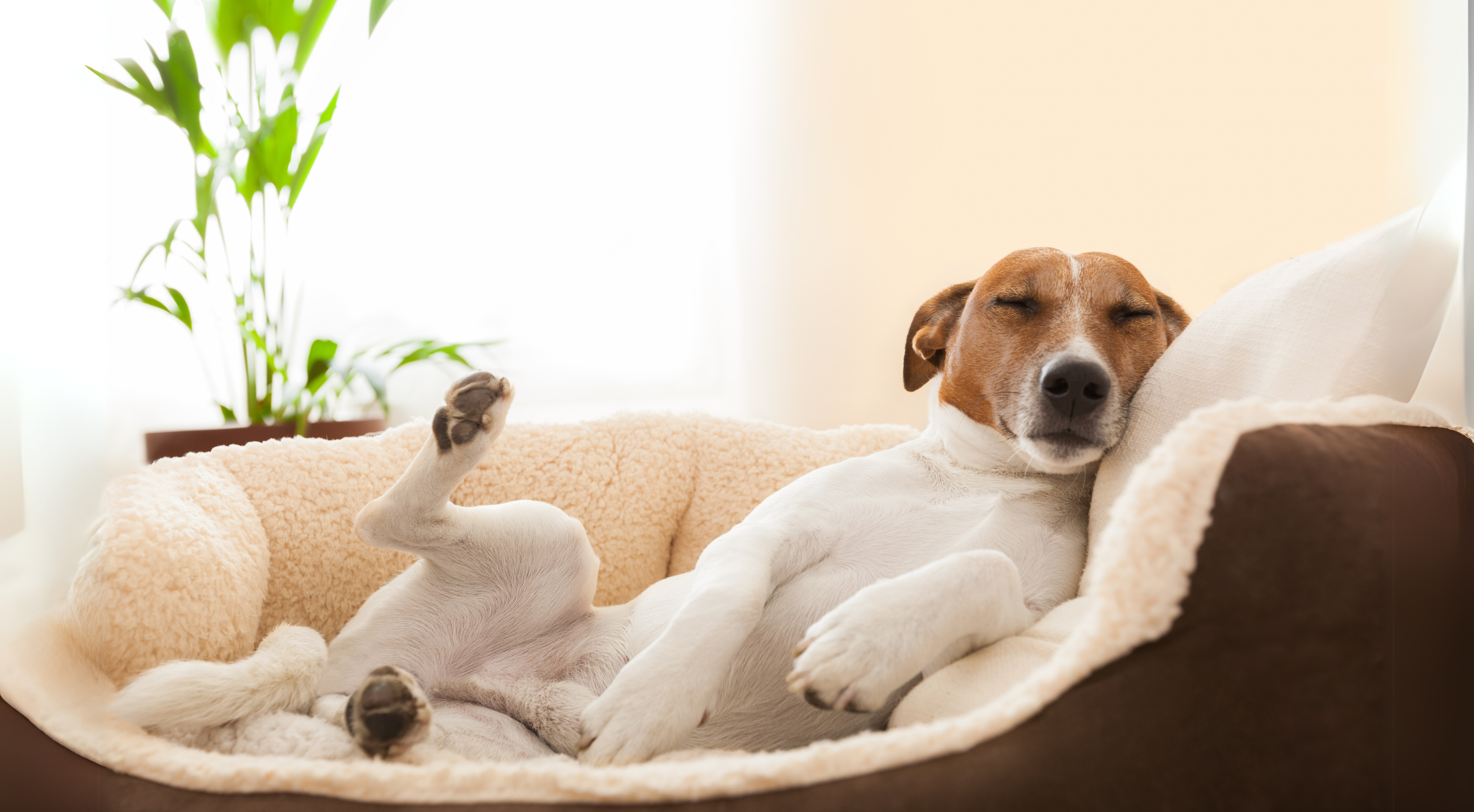Why Do Dogs Kick and Twitch in Their Sleep? Understanding What’s Really Going On
Ever watched your dog snoozing away, only to see them suddenly kick out a leg or twitch like they’re chasing something in their dreams? You’re not alone - and you're certainly not silly for wondering whether it’s something to be concerned about. The short answer? Most of the time, it’s totally normal and just part of your dog dreaming. But, like anything with our pets, it helps to understand what’s going on and when it might signal something more serious.
Do Dogs Actually Dream?
Yes, they do - and probably about all the best things in life: running, sniffing, and chasing squirrels.
Dogs go through similar sleep cycles to us, including a phase called REM (Rapid Eye Movement) sleep. This is where the brain becomes highly active, and it’s also when dreaming occurs. During REM, it’s completely normal for dogs to twitch, kick their legs, let out a little bark or even appear to run in place. These are all healthy signs that your dog is deep in a restful sleep, dreaming away.

When Should You Worry?
While most mid-nap movements are nothing to worry about, it’s natural to wonder whether your dog might actually be having a seizure - especially if the twitching looks intense. The key is to look at the bigger picture.
Dream-related movements tend to be short-lived, a bit sporadic, and usually happen around 20 minutes after your dog falls asleep. You might see their eyelids flutter or hear a soft whimper. Afterwards, they’ll wake up and carry on as normal - a big stretch, maybe a shake, then off to find a sunny spot.
A seizure, on the other hand, can look quite different. Movements are often more violent or stiff, and your dog may not respond to your voice or touch while it’s happening. They might seem disoriented or shaky afterwards, and seizures don’t always happen during sleep - they can strike at any time.
If something feels ‘off’, trust your instincts. Try to film what you’re seeing so you can show your vet, who’ll be able to tell whether it’s something that needs further investigation.
What Your Vet Might Do: Diagnosing Sleep vs Seizure Activity
If you’re ever unsure whether your dog’s sleep movements are something more serious, your vet has a few clever tools to help figure it out. Understanding the difference between dreamy twitches and seizure activity often comes down to a closer look at your dog’s nervous system.
A Hand's On Check: A neurological exam is usually the first step. It sounds formal, but it's simply a way for your vet to assess how well your dog’s brain and body are communicating. They’ll check things like reflexes, coordination, balance, and muscle tone.
One common test is called paw placement - where the vet gently flips your dog’s paw to see how quickly they right it. It might look small, but it tells a lot about your dog’s spatial awareness and neurological response. Another involves testing the cranial nerves, which control things like facial movements, eye reflexes, and swallowing. Subtle issues here could suggest something beyond normal dreaming.
A Deeper Look Into Brain Activity: If your vet suspects seizures, they may recommend an EEG - or Electroencephalogram. This is a non-invasive test that measures electrical activity in the brain through small electrodes placed on your dog’s scalp. It’s a bit like getting an ECG, but for the brain.
The aim is to capture a “snapshot” of your dog’s brainwaves in real time. These patterns can help determine whether what you’re seeing is related to typical REM sleep or something more irregular, like seizure activity. Your dog will need to stay relaxed and still for the test, which might require mild sedation depending on how wriggly they are. But the procedure itself is painless and extremely useful for getting answers.

The Final Woof
In most cases, those funny little twitches and leg kicks are just a sign that your dog is enjoying a good dream. It’s completely natural and, honestly, kind of endearing. But as always, you know your dog best. If their movements change, seem too intense, or just don’t sit right with you, don’t hesitate to ask your vet for advice. A quick check-in can offer peace of mind - and ensure your furry friend stays happy and healthy.













